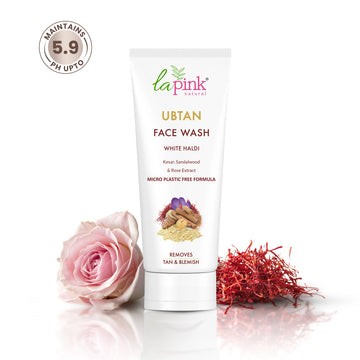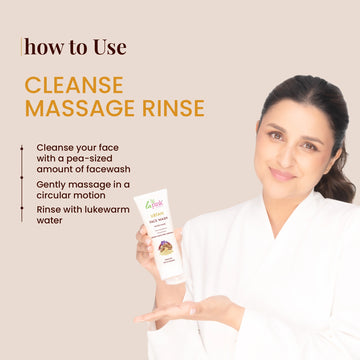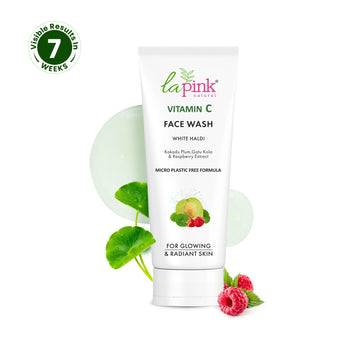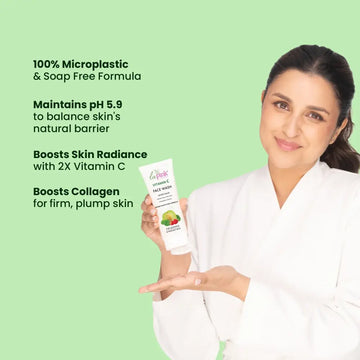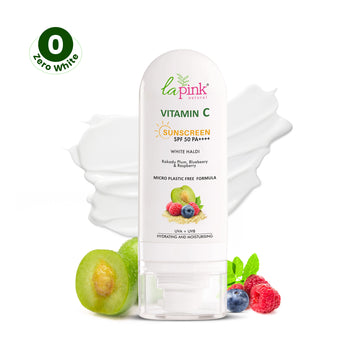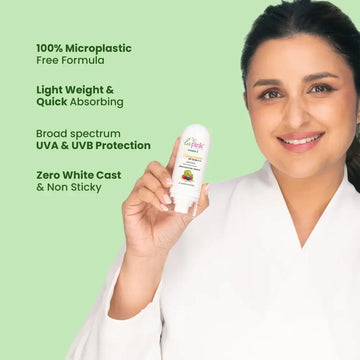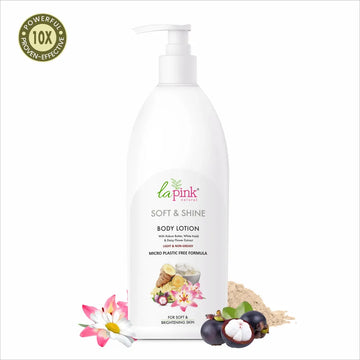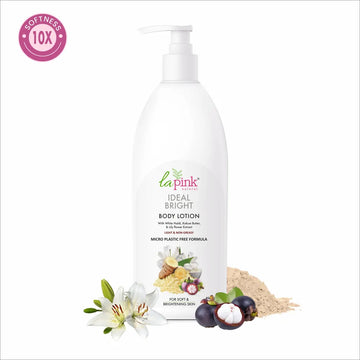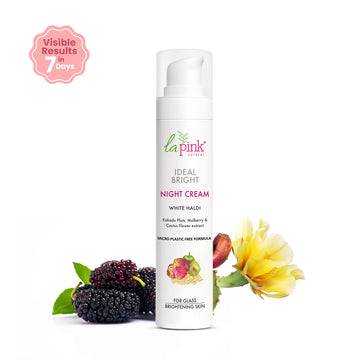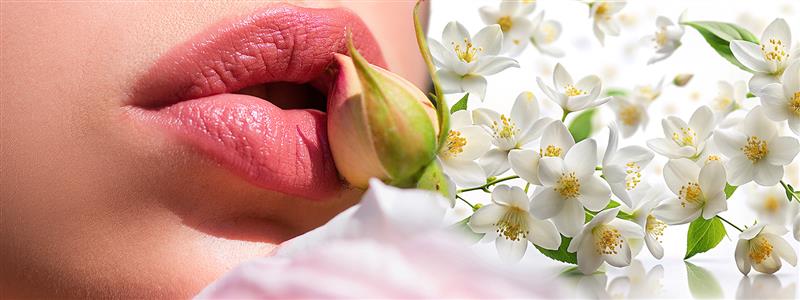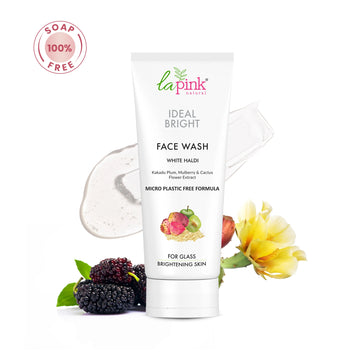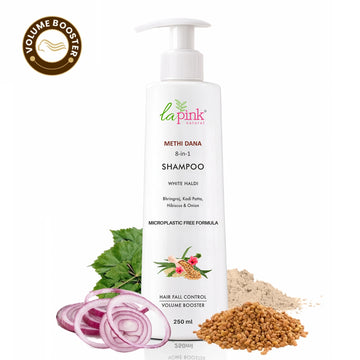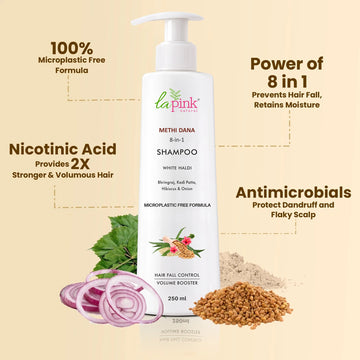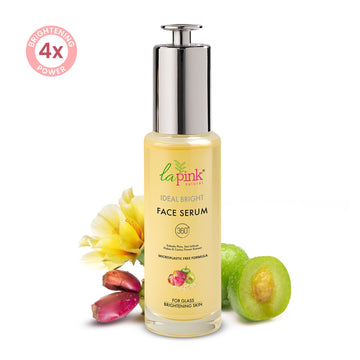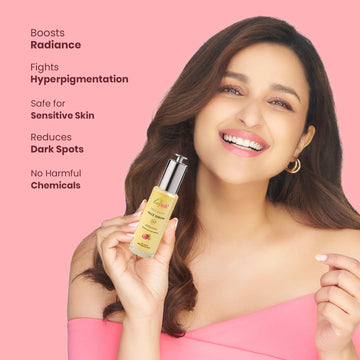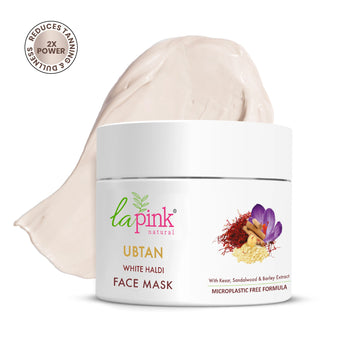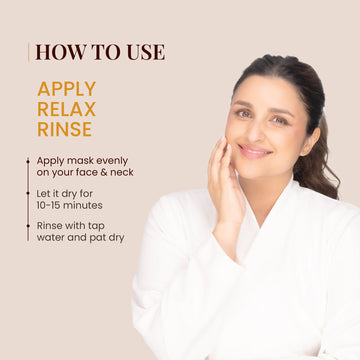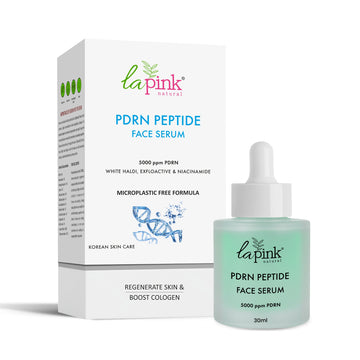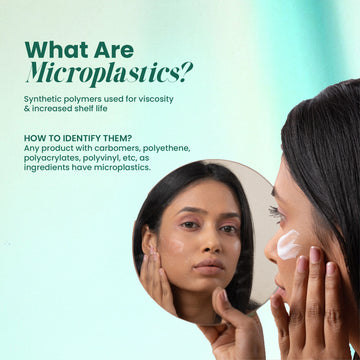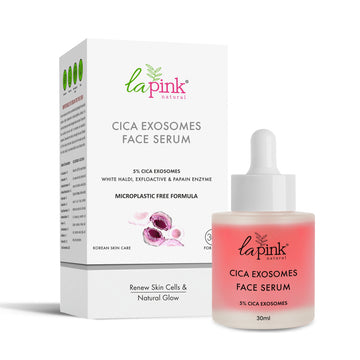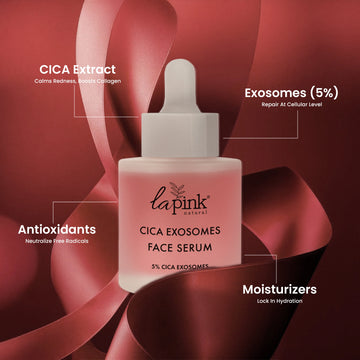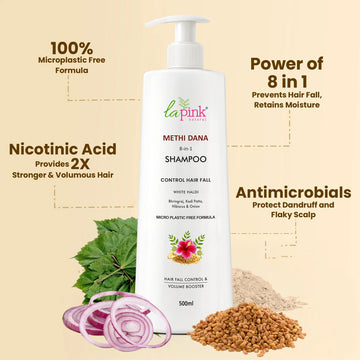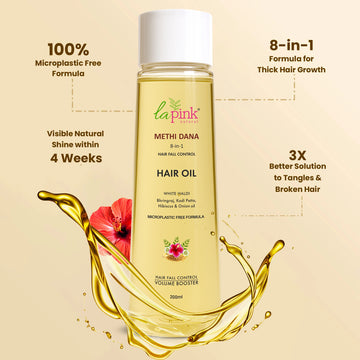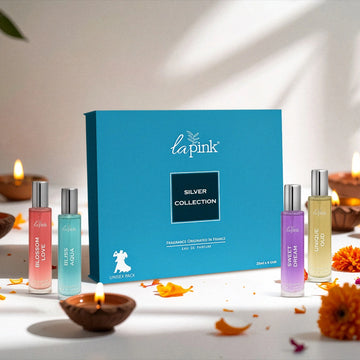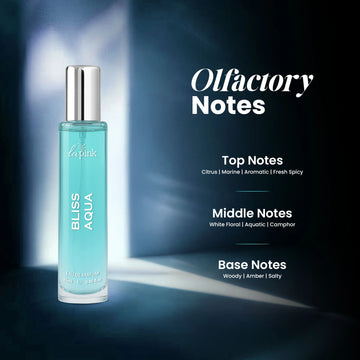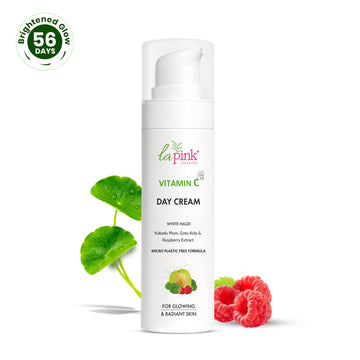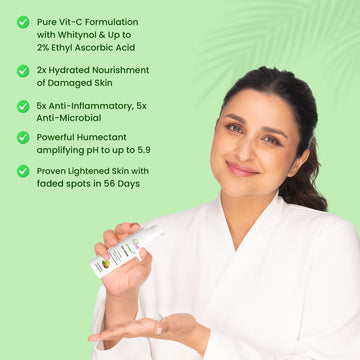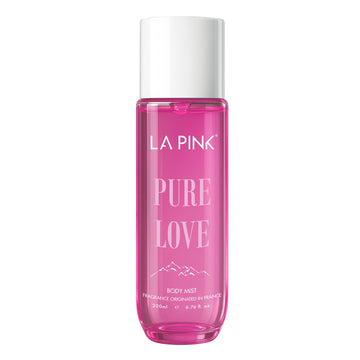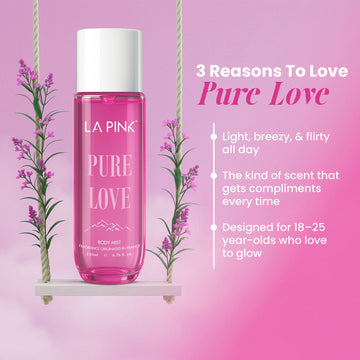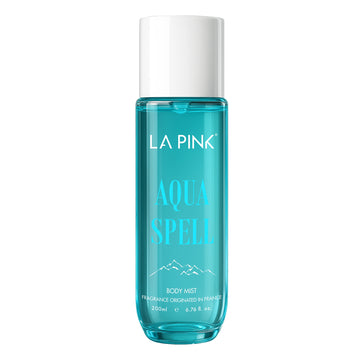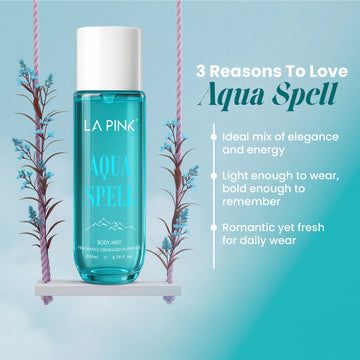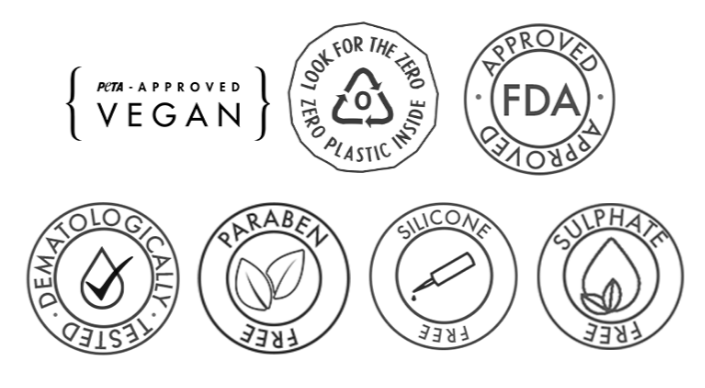How Does Caprylic/Capric Triglyceride Structure Benefit Skincare?
1. Medium-Chain Lengths Provide Lightweight, Non-Greasy Penetration
Caprylic (C8) and capric (C10) fatty acids in the structure of the triglyceride contain shorter carbon chains than long-chain fatty acids. This medium-chain length reduces viscosity and enables the compound to spread rapidly and penetrate the skin easily without a greasy residue—making it great for lightweight moisturizers and fast-absorbing face products.
2. Saturated Bonds Increase Stability and Shelf Life
Since both caprylic and capric acids are saturated (i.e., no double bonds), the resulting triglyceride is resistant to oxidation. This structural property provides the excellent oxidative stability necessary to prolong the shelf life of formulations without the addition of other preservatives. It's particularly valuable in clean beauty formulations that reduce synthetic stabilizers.
3. Ester Linkages Enable Skin Compatibility & Barrier Support
Ester linkages between fatty acids and glycerol in Caprylic/Capric Triglyceride are identical to those in skin's natural lipids. Such structural congruity increases biocompatibility, which results in the molecule being perfectly tolerated by all skin types—sensitive and impaired skin alike—while improving the barrier function of the skin and minimizing transepidermal water loss (TEWL).
4. Hydrophobic Nature Creates a Protective Lipid Layer
The long hydrocarbon chains in the fatty acid moieties form a hydrophobic (water-repelling) barrier on the skin. This characteristic is useful for trapping moisture while protecting the skin from external irritants. Mechanistically, this renders it superior for providing a breathable occlusive barrier without clogging pores yet still protective and moisturizing.
5. Glycerol Backbone Enhances Delivery of Active Ingredients
The triglyceride's central glycerol molecule is a versatile carrier, solubilizing and dispersing oil-soluble as well as certain amphiphilic actives in a formula. Its conformation accommodates even skin distribution of actives, improving bioavailability without compromising skin function—perfect for serums or treatments focused on fine lines or acne.
How is Caprylic/Capric Triglyceride Used in Skincare?
Facial Moisturizers and Creams (2% – 10%)
At lower concentrations, it is used as a light emollient that moisturizes and conditions the skin without weight. 2% to 10% concentrations support spreading, hydration, and skin support in everyday moisturizers and anti-aging products.
Serums and Lightweight Lotions (1% – 5%)
In lighter products such as serums and lotions, lower levels (1% to 5%) give slip and augment the penetration of active ingredients without weakening the fluid feel. It ensures even delivery of ingredients while maintaining the non-greasy form of the formula.
Cleansers and Makeup Removers (3% – 15%)
Higher levels (up to 15%) are employed in makeup removers and cleansing oils to dissolve makeup and impurities mildly. It is easily emulsified with water and provides moisturizing benefits without removing natural oils from the skin.
Sunscreens and Sunblocks (2% – 8%)
As an emollient and solvent, Caprylic/Capric Triglyceride stabilizes products and enhances the spreadability of sunscreen actives. Concentrations are usually 2% to 8%, striking an efficacy vs. lightweight feel balance.
Body Butter and Lip Balms (5% – 20%)
At higher concentrations (5% to 20%) in richer, more occlusive formulations, smooth, silky texture and prolonged moisturization are achieved. Its emollient nature supports dry, rough skin, and maintains moisture.
Why is Caprylic/Capric Triglyceride Popular Among Beauty Formulators?
- Lightweight Texture: Creates a silky, non-greasy smoothness that absorbs rapidly, improving user experience.
- Good Stability: Saturated fatty acids are resistant to oxidation, which enables them to extend the shelf life of products without preservatives.
- Versatile Solvent and Carrier: Assists in dissolving and evenly distributing active ingredients for improved skin absorption.
- Skin-Friendly and Non-Irritating: Suitable for sensitive and acne-prone skin, reducing the risk of irritation or breakouts.
- Improves Spreadability: Increases the smoothness and glide of formulations, making them easier to apply.
- Non-Comedogenic: Won't clog pores, making it ideal for oily and blemish-prone skin types.
- Supports Skin Barrier: Replicates skin lipids to help reinforce and restore the skin's natural protective barrier.
- Good Compatibility: Compatible with oils, silicones, and other ingredients, providing formulation flexibility.
Potential Benefits of Caprylic/Capric Triglyceride
1. Delivers Deep, Non-Greasy Moisturization
Caprylic/Capric Triglyceride provides excellent hydration without feeling heavy or oily. It creates a light, airy barrier on the skin that retains moisture while letting the skin "breathe." This makes it perfect for daily moisturizers and serums, particularly for those who want a clean, silky finish without clogging pores.
2. Soothes and Conditions Sensitive Skin
Its mild, non-irritating nature makes it an ideal option for sensitive, inflamed, or acne skin. In contrast to most emollients, which sting or clog pores, Caprylic/Capric Triglyceride soothes the skin and assists with its natural healing process and is therefore beneficial in rosacea, eczema, or post-procedure healing products.
3. Improve Formulation Texture and Spreadability
This active enhances the sensory feel of skincare products. It imparts creams, oils, and lotions a silky, smooth feel, enhancing spreadability and comfort of application. It relieves the "drag" or weightiness generally experienced in more generous formulas, allowing them to feel more sophisticated and luxurious on the skin.
4. Enhances Product Stability and Shelf Life
Because of its saturated, oxidation-stable character, Caprylic/Capric Triglyceride stabilizes formulations. It stops rancidity and deterioration brought about by air and light exposure, making both natural and synthetic products have a longer shelf life. This is particularly useful for clean beauty companies wanting to steer clear of artificial preservatives.
5. Non-Comedogenic and Acne-Safe
Even though it's an oil-based emollient, it's not comedogenic, meaning it will neither clog pores nor lead to acne. Its low molecular weight and skin-friendly nature enable it to moisturize without entombing sebum and dead skin cells, thus being safe for oily and acne-prone skin types requiring gentle moisturizing.
6. Supports Skin Barrier and Repair
Caprylic/Capric Triglyceride fortifies the natural lipid barrier of the skin, protecting it from environmental aggressors, dryness, and irritation. Because it is compatible with the natural structure of the skin, it can feed and restore the barrier, alleviating symptoms such as flaking, redness, and tautness that typically occur with dry or aging skin.
Possible Downsides of Caprylic/Capric Triglyceride
Potential Sensitivity in Exceptional Instances
While usually mild, certain users with extremely sensitive or allergic skin may have some small irritation or breakouts, as long as it is being used with other sensitizing products, of course.
Not a Treatment by Itself
Although it is good at moisturizing, it doesn't have active medicinal qualities, so other ingredients must be mixed with it to treat particular skin issues such as acne or aging.
Allergy Sensitivity for a Few
Because it's derived from coconut oil, individuals with coconut allergies might need to steer clear of it or do a patch test prior to use.
Can Feel Heavy in High Concentrations
In high concentrations, it can feel slightly oily or heavy, perhaps unsuitable for extremely oily skin types or tropical weather.
Limited Hydration for Severely Dry Skin
It serves primarily as an occlusive and an emollient; it does not offer humectant benefits, so it may not be sufficient on its own for extremely dry or dehydrated skin.
